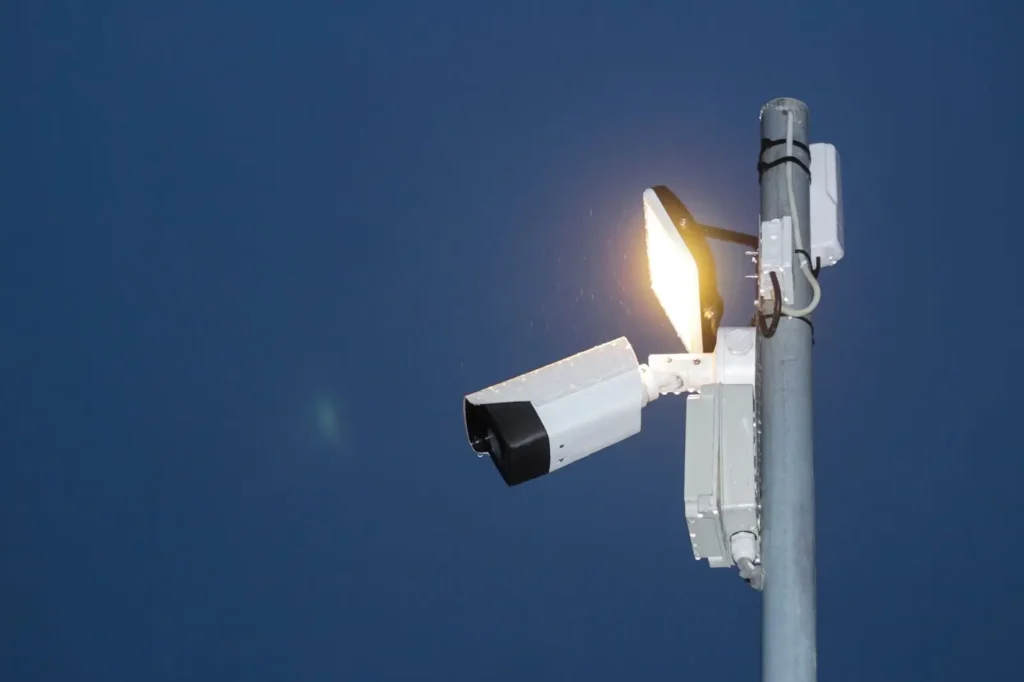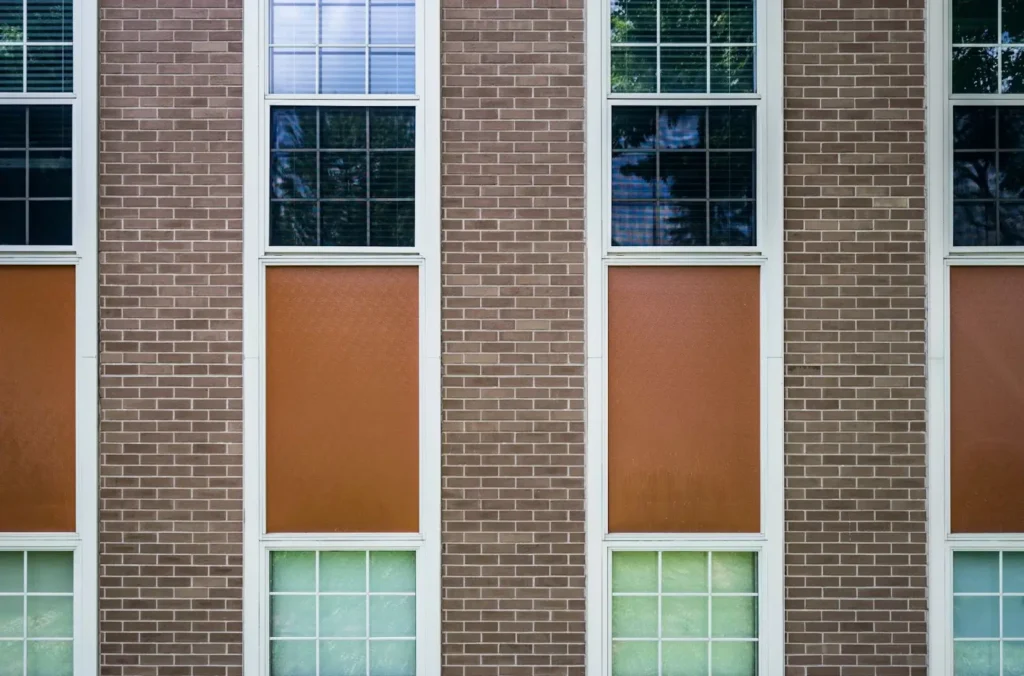Written By: Brad Campbell | May 17, 2025
For school boards across the US, ensuring the safety and security of students and teachers is a top priority.
While major incidents of violence in schools, specifically active threat scenarios, remain relatively rare, they are a very real threat that all school administrators and stakeholders must take into account when considering ways to improve school safety and security.
However, many schools are faced with already-tight budgets, making the task at hand more difficult. Fortunately, there’s a significant resource available to schools facing financial constraints: school safety grants.
These grants, offered nationwide by various organizations, provide vital financial support to schools seeking to improve their preparedness for active threats and other emergencies.
School safety grants are funded by various US government organizations, with the Department of Justice (DOJ) being a major contributor. A significant portion of the DOJ’s grant funding is administered by the department’s Office of Justice Programs (OJP) and Office of Community Oriented Policing Services (COPS).
There are also different school safety grants provided at the state and local level, both by state government and private organizations.
Regardless of their source, such grants have the potential to play a major role in safeguarding the wellbeing of our nation's students and teachers, especially when it comes to providing physical security enhancements and school safety issue mitigation training — all while maintaining a school environment that’s highly conducive to learning.
School safety grants offer flexibility in terms of implementation, allowing schools to allocate funds to various safety and security measures according to their unique needs and goals. These can include, but are not limited to:
For example, a school might use some of the security grant funding to train students and staff on how to recognize warning signs of potential violence, or to develop an anonymous tip reporting system (e.g., a web-based or mobile app) that allows members of the student community to report school safety issues.
A school could also use a school safety grant to install advanced security technology, such as new surveillance cameras and key-carded classroom door locks.

Whatever schools decide to use safety grant funding for, it’s important for them to implement a mixture of proactive security measures, including both preventative and detective measures.
Preventative measures aim to stop violence in schools from occurring in the first place, while detective measures help detect and mitigate issues before they escalate. Both are very important when it comes to protecting school occupants from harm.
While implementing school safety training and various security measures, including surveillance cameras and access control systems, can significantly improve safety and security in schools, there’s another even more crucial component: physical barriers against forced entry that actually keep active threats out.
With their numerous windows and doors, schools are often incredibly vulnerable to intruders. For example, an armed attacker can easily shatter a pane of glass to open a door from the inside or climb through a window to gain unauthorized access to the school.

To address these vulnerabilities, it’s essential to consider using school safety grant funding to retrofit security glazing over school windows and doors. This is a cost-effective solution that creates a robust barrier against forced entry and buys valuable time in the event of a worst-case active threat scenario.
Many grants for school security enhancements stress that the funds should be used to improve security without compromising a positive learning environment, which is where Riot Glass retrofittable school security glazing comes in.
Riot Glass retrofittable security glazing doesn’t reduce visibility, block out natural light, or detract from a positive, open-feeling learning environment in any way. In other words, it fortifies schools without making them look fortified.
Riot Glass school security glazing solutions are available in both containment-grade (non-ballistic) and ballistic-grade (bullet-resistant) models.
Ballistic-grade options are rated according to UL 752 ballistic resistance levels and can resist attacks by various types of firearms frequently seen in active threat scenarios.
Yet even non-ballistic Riot Glass provides a robust access denial barrier for active threat protection in schools. It’s virtually unbreakable and doesn’t shatter upon impact, even if riddled with bullets.
Because of its unique composition, including polycarbonates, acrylics, and other glass-like glazing materials, Riot Glass offers an affordable alternative to replacing existing glass with forced entry-grade or bullet-resistant security glazing. It’s lightweight and relatively thin, making it ideal for retrofitting onto existing framing systems and eliminating the need for glass replacement.
Riot Glass closely resembles traditional commercial glass, providing access denial without making the building appear fortified. This is incredibly important for maintaining an open, inviting learning environment in schools.

When combined with other security measures that school safety grants can help fund, such as modern door locks and access control systems, Riot Glass security glazing plays a crucial role in protecting students and staff from active threats in schools.
In addition to helping with active threat mitigation, Riot Glass acts as a versatile security solution that protects schools against a full range of other safety and security threats, including:
Every student deserves a safe and secure learning environment, and all teachers should feel safe going to work every day. However, many schools face financial constraints that hinder their ability to harden their security. In such cases, seeking school safety grant funding is a viable solution.
For schools and districts in need of additional funding to make safety and security improvements, the good news is that there are grants for school security upgrades available from various organizations.

Using such funding for things like violence prevention training, intervention groups, and anonymous tip reporting systems can do a lot to prevent violence in schools, but it’s important to remember that these measures don't provide physical protection for students and staff.
For maximum school security, it’s important to implement a combination of different security upgrades and technologies, including physical access denial barriers — like Riot Glass. This virtually invisible, unbreakable security glazing is an ideal way to use school security grant funding to improve physical safety and security in educational facilities!
At Riot Glass, we’re committed to helping schools improve their security with our top-of-the-line security glazing products for forced entry and active threat protection. Contact us today for a free consultation to get started.

HOW CAN WE HELP YOU?
